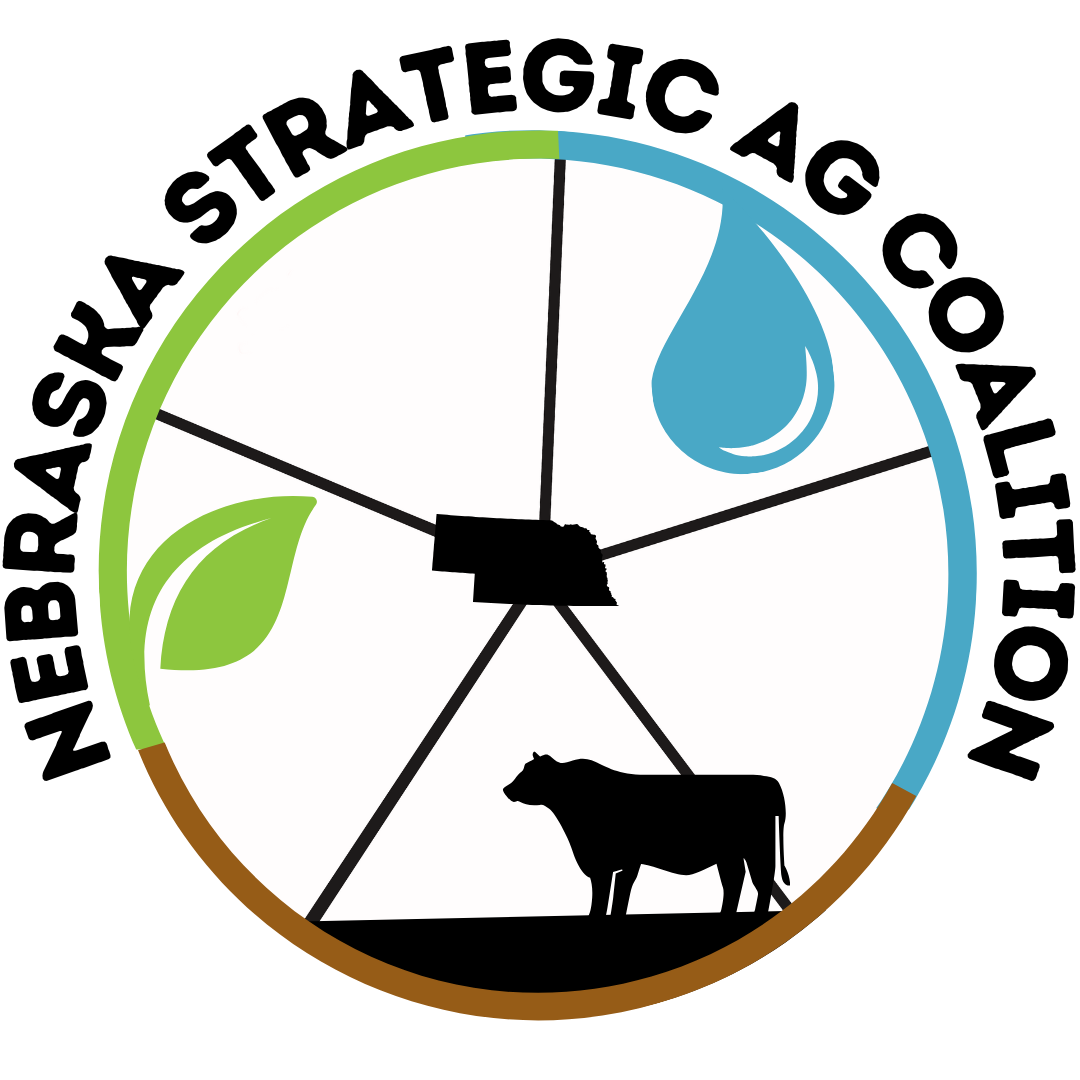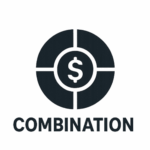This project will execute an end-to-end supply chain strategy to deliver on both, while simultaneously optimizing the value of climate smart commodities so that farmers will realize a durable value-add and new market opportunity for their production. It aims to span commodity production supply chains, from producer to consumer, with a specific focus on programs in soybean feedstock for dairies, food grade soy and food grade oats. It also includes a large manure management program in the dairy sector, which will prioritize methane reductions. The power of existing and future investments by project partners will create scale and build trust in climate smart commodity markets, so that other supply chains across agriculture can replicate similar end-to-end strategies.

